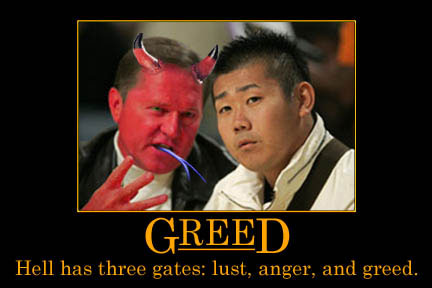To understand the reasons, you need to know a little about how venture capital funds work. There are two lots of people involved, the general partners, who are the people who work for the venture capital company; and then there are limited partners (LPs), the people (insurance companies, pension funds, whatever) that put up the money to be invested. The general partners may pay themselves 2% of the value of the fund per year a management fee, plus 20% of any profits.
One critical factor is that the fund has a lifetime, maybe 10 years. A fund would like return at least 20% per year. After all, the stock market has returned nearly 10% since 1900, including a great depression and the current downturn, and with a lot less risk. VCs should do at least twice as well as that.
The money isn’t actually all put into the fund by the LPs on day one, and taken out on the tenth anniversary. As the VCs find companies to invest in, they make capital calls on the LPs to get the money. If and when there are successful “exits”, meaning that portfolio companies are sold or go public, then money is returned to the LPs. To keep the math simple, though, let’s calculate returns as if all the money were invested early, and all the payouts arrive late."

2 comments:
F those guys!
Who is that guy in the picture?
Post a Comment